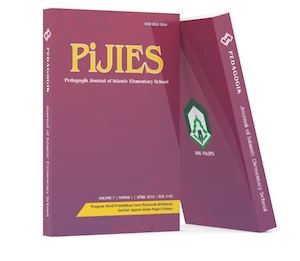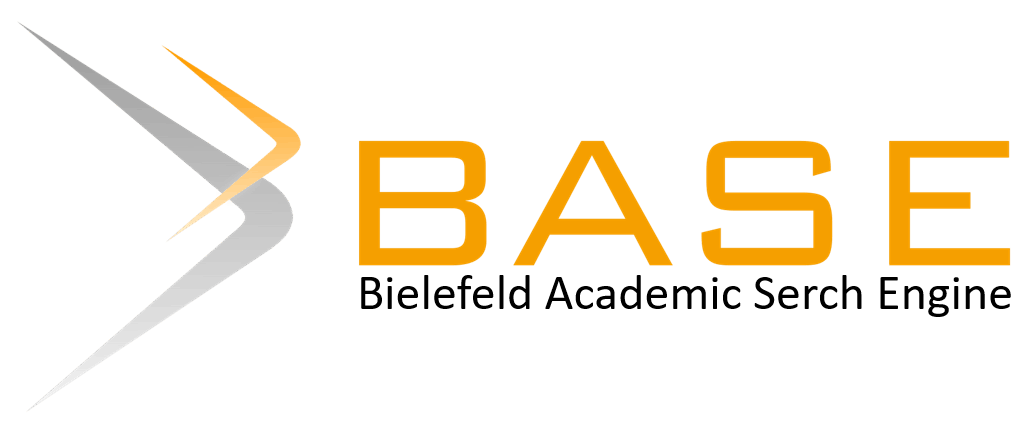Efektivitas Strategi Difusi Inovasi Rogers dalam Meningkatkan Penerimaan Pendidik terhadap E-Learning di Sekolah Dasar
DOI:
https://doi.org/10.24256/pijies.v8i2.7455Keywords:
difusi inovasi, e-learning, sekolah dasarAbstract
Penerimaan inovasi e-learning oleh pendidik menjadi tantangan krusial dalam transformasi digital di sekolah dasar. Penelitian ini bertujuan untuk menganalisis efektivitas strategi difusi inovasi Rogers dalam meningkatkan penerimaan pendidik terhadap e-learning galeri ilmu. Penelitian ini menggunakan metode kualitatif dengan desain studi kasus tunggal di SDN Mawar 2 Banjarmasin. Sampel penelitian terdiri dari para pendidik kelas 5 dan 6, dengan data yang dikumpulkan melalui observasi partisipatif, demonstrasi e-learning galeri ilmu, dan wawancara semistruktur. Temuan penelitian menunjukkan bahwa strategi difusi yang terencana efektif dalam menciptakan tingkat penerimaan yang tinggi dan meminimalkan resistensi dari pendidik. Keberhasilan ini didorong oleh persepsi positif terhadap lima atribut inovasi (keunggulan relatif, kesesuaian, kompleksitas rendah, keteramatan, dan kemampuan uji coba) yang secara langsung meningkatkan persepsi kegunaan (perceived usefulness) dan kemudahan penggunaan (perceived ease of use) e-learning tersebut. Implikasi dari penelitian ini adalah bahwa resistensi terhadap teknologi bersifat situasional dan dapat diatasi melalui pendekatan strategis yang berpusat pada pengguna.
References
Davis, F. D. (1989). Perceived Usefulness, Perceived Ease of Use, and User Acceptance of Information Technology. MIS Quarterly, 13(3), 319–340. https://doi.org/10.5962/bhl.title.33621
Ertmer, P. A., & Ottenbreit-Leftwich, A. T. (2010). Teacher technology change: How knowledge, confidence, beliefs, and culture intersect. Journal of Research on Technology in Education, 42(3), 255–284. https://doi.org/10.1080/15391523.2010.10782551
Fullan, M. (2007). The new meaning of educational change (4th Edition). Teachers College Press.
Nissa, H., & Jamalulail, I. (2023). Difusi Inovasi Pembelajaran Berbasis Teknologi Melalui Pemanfaatan Bantuan Kuota Internet Kemendikbudristek. Jurnal Teknodik, 27(1), 63–80. https://doi.org/10.32550/teknodik.vi.994
Rogers, E. M. (2003). Diffusion of Innovations (5th Edition). Free Press A Division Simon and Schuster, Inc.
Sahin, I. (2006). Detailed Review of Rogers’ Diffusion of Innovations Theory and Educational Technology-Related Studies Based on Rogers’ Theory. The Turkish Online Journal of Educational Technology, 5(2), 1–10.
Scherer, R., Siddiq, F., & Tondeur, J. (2019). The technology acceptance model (TAM): A meta-analytic structural equation modeling approach to explaining teachers’ adoption of digital technology in education. Computers and Education, 13–35. https://doi.org/10.1016/j.compedu.2018.09.009
Spillane, J. P., Reiser, B. J., & Reimer, T. (2002). Policy implementation and cognition: Reframing and refocusing implementation research. Review of Educational Research, 72(3), 387–431. https://doi.org/10.3102/00346543072003387
Yin, R. K. (2018). Case Study Research and Applications: Design and Methods (Sixth Edit). SAGE Publications, Inc.
Downloads
Published
How to Cite
Issue
Section
Citation Check
License
Copyright (c) 2025 Abdul Rahman, Febrita Sari Purba Girsang, Lisana Lisana, Rizqya Anis Syahra

This work is licensed under a Creative Commons Attribution-ShareAlike 4.0 International License.
Copyright notice:
Authors retain copyright and grant the journal right of first publication with the work simultaneously licensed under an Attribution-ShareAlike 4.0 International (CC BY-SA 4.0) (https://creativecommons.org/licenses/by-sa/4.0/) that allows others to share the work with an acknowledgement of the work's authorship and initial publication in this journal.
Authors are able to enter into separate, additional contractual arrangements for the non-exclusive distribution of the journal's published version of the work (e.g., post it to an institutional repository or publish it in a book), with an acknowledgement of its initial publication in this journal.
Authors are permitted and encouraged to post their work online (e.g., in institutional repositories or on their website) prior to and during the submission process, as it can lead to productive exchanges, as well as earlier and greater citation of published work (See the Effect of Open Access)







 This is an open access article under the
This is an open access article under the 